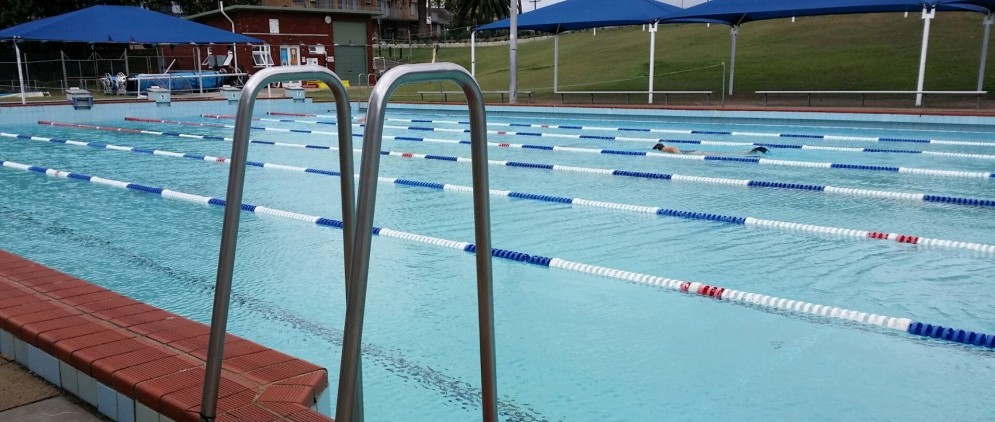Although swimming has the reputation of being a low-impact exercise, swimming injuries can nevertheless occur.
Swimming is one of the most popular sports in Australia. Our nation is surrounded by water and swimming is one of our great passions, both recreationally and competitively. As well as being fun, swimming has many physical and mental health benefits.
Despite many of us opting for swimming as exercise to avoid the high-impact that running and cycling can have on the body, swimming injuries can nevertheless occur due to over-demanding workouts or incorrect technique putting joints through extreme repetitive motion. Most swimming injuries affect the shoulders, knees, hips, or back, depending on stroke.
What causes swimming injuries?
With overuse comes fatigue and failure to adhere to proper stroke techniques. Slight injuries and micro-trauma can cause shoulders to become unstable and lead to shoulder pain and tendinitis. Other repetitive injuries include inner knee problems and hip problems from breaststroke kicking, and back injuries from dolphin kicks or fin kicking.
What are the most common swimming injuries?
Swimmer’s Shoulder
The shoulders of a swimmer are particularly susceptible to swimming injuries and overuse. Shoulder injuries may include a rotator cuff impingement — pressure on the rotator cuff muscles from part of the shoulder blade or scapula as the arm is lifted above the head, biceps tendinitis – painful inflammation of the bicep tendon and shoulder instability – in which structures that surround the shoulder joint do not work adequately to maintain the ball within its socket. All can result from fatigue and weakness of the rotator cuff and muscles surrounding the shoulder blade.
Lower Body Injuries
Knee injuries that involve the tendons and ligaments (breaststrokers’ knee) are common. Breaststrokers may also experience hip pain from inflammation of the hip tendons. Back problems including lower back disk problems or injuries at the junction between the spine and pelvis may be increased by the dolphin kick often used in competitive swimming.
How can swimming injuries be prevented?
Warm-up and stretch
A proper warm-up is essential to avoiding an injury, no matter what the sport. A warm-up will also improve the effectiveness of training and improve athletic performance.
Cool-down and stretch
After a swimming session, swimmers need to take the time to properly cool-down and stretch. This helps sustain muscles and keep them flexible, which are both important parts of avoiding injuries.
Active recovery sessions
On rest days from the pool some easy, gentle exercise improves circulation which helps promote nutrient and waste product transport throughout the body. In theory, this helps the muscles repair and refuel faster. Try going for a light 20 minute jog, a 30 minute cycle or a 1 hour walk.
Work on your technique
One of the main causes of injuries in swimming is improper technique. If your shoulders are hurting, for example, seek assistance with respect to your technique. Pinpoint the flaws in your stroke. Common freestyle technique slip-ups that lead to shoulder injury include:
- Hand placement on the entry: Your hand should not cross over on the entry part of your stroke. This puts your arm at an awkward angle, straining your shoulder. Instead, reach straight in front of you from your shoulder.
- Rotating your body too little: Rotating too little puts your arm at a suboptimal angle. This overexerts your shoulders. Make sure your body rolls from side to side as you swim.
Core stability exercises
Strengthening muscles through a variety of core and flexibility exercises can help prevent many types of chronic and overuse injuries. Exercises like planks and ball stabilization can help strengthen the core.
Proper nutrition and hydration
Swimmers need to maintain a diet high in protein, a nutrient essential for strong muscles. And the importance of hydration to the body is well documented. Remember “Eat Well, Drink Well, Play Well”.
Listen to your body
Your body will let you know if something is wrong. Pushing through an injury can often lead to a worse outcome and more time out of the pool and competition. Have niggles and injuries assessed and managed by one of our physiotherapists. We can prescribe an appropriate strengthening and flexibility program including theraband exercises and weight training, and can assist training modifications to get you back into the pool quicker without aggravating any injury concerns.
For more information regarding injury management or prevention contact one of the physiotherapists at Jubilee Sports Physiotherapy.























